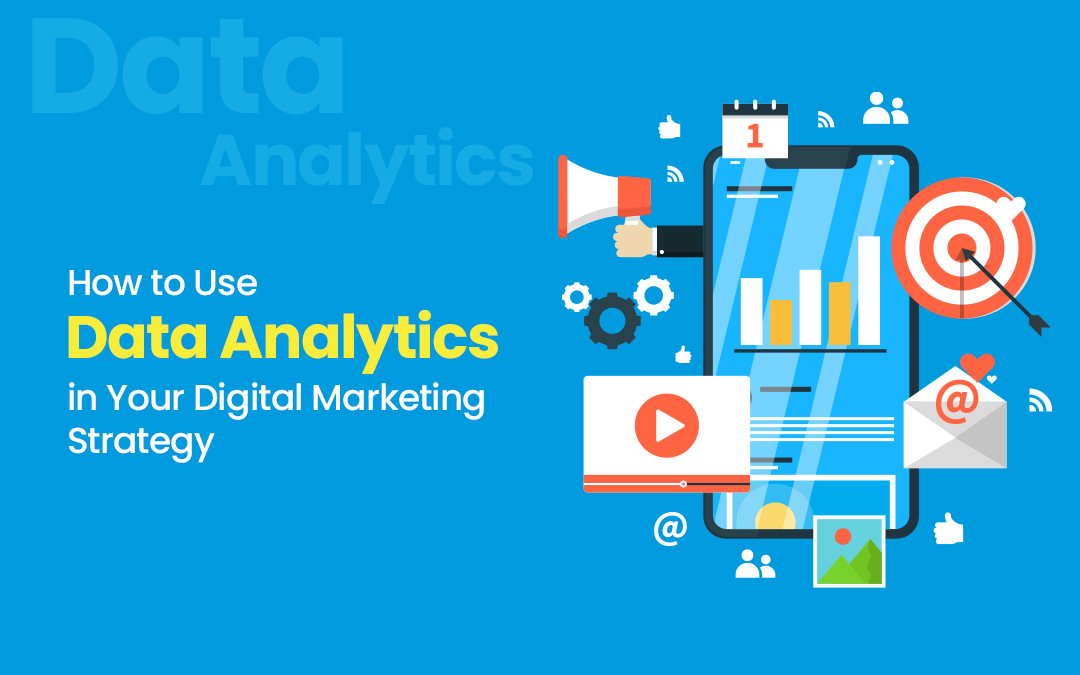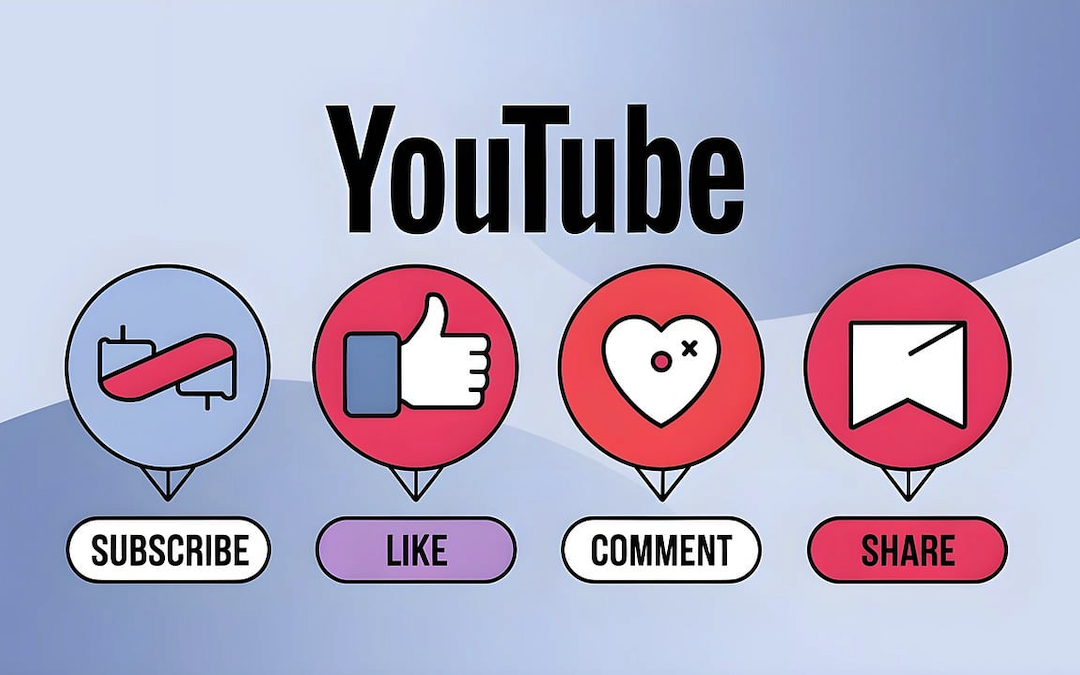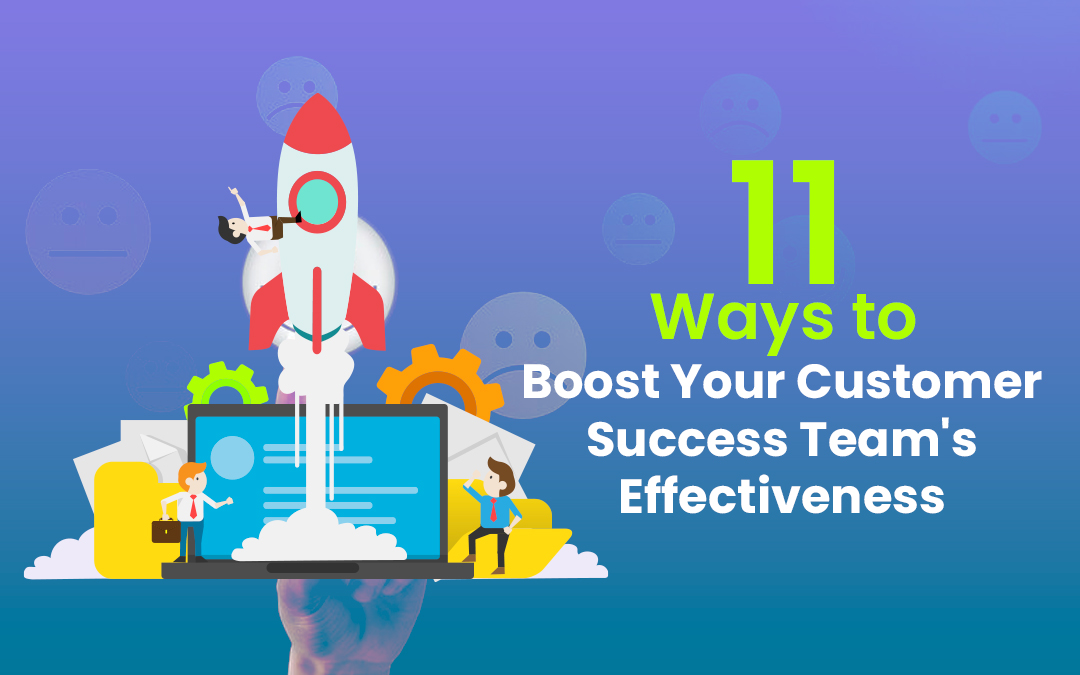
Understanding how to use data analytics in digital marketing is essential for marketers aiming to make smarter, data-driven decisions that maximize results. Data analytics helps transform raw numbers into actionable insights, helping you understand customer behavior, optimize marketing campaigns, and allocate resources effectively.
When properly implemented, data analytics in digital marketing empowers teams to track key performance metrics and identify growth opportunities. This approach allows for strategic adjustments based on real insights rather than assumptions. Analytics provides the foundation for strategic decision-making, from predicting customer needs to measuring a campaign's return on investment (ROI).
In this post, you'll learn how to use data analytics in digital marketing to harness your existing data to create more effective marketing strategies. You’ll not only be able to achieve better results across all channels but also reap a stronger ROI.
How to Use Data Analytics in Digital Marketing: 5 Key Approaches
Learning how to use data analytics in digital marketing can help you transform raw information into strategic advantages. Let’s explore five proven methods to leverage your existing data for better marketing outcomes.
1. Understand Audience Behavior with Data Analytics
An essential first step in learning how to use data analytics in digital marketing is to understand your audience’s demographics, interests, and behaviors. CRM data and tools like Google Analytics provide valuable insights into your audience's age, location, and preferences. Meanwhile, website analytics show which pages drive the highest engagement.
Social media platforms offer additional layers of insight through engagement metrics like shares, likes, and comments that indicate what content resonates most with your audience. Here’s an example of some of the YouTube metrics:

By analyzing these metrics and incorporating social listening tools to track brand mentions and sentiment, you can gain a real-time understanding of how your brand is perceived. As explained in Attrock guide, it highlights how social listening enables marketers to align their content with audience interests. With this information, you gain deep insights into who your audience is and how they interact with your brand.
Here’s how digital marketers can use audience data to create tailored content:
- Segment your audience based on demographics
- Create personalized content for each audience group/demographic
- Adjust your content schedule to post during high-traffic times
- Identify successful topics using engagement metrics and expand on them
You can build detailed audience profiles that drive informed, strategic decisions by analyzing user behavior patterns, session duration, and page interactions.
Incorporating digital attribution into your data analytics strategy allows you to pinpoint which marketing efforts contribute most to conversions. By understanding the customer journey across multiple touchpoints, you can optimize campaigns and allocate resources more effectively to maximize ROI.
2. Optimize Content and SEO Performance
Understanding how to use data analytics in digital marketing is crucial for content optimization and SEO success. Tools like Google Analytics allow you to evaluate key performance metrics, such as click-through rates (CTR), bounce rates, and time on the page.
This data reveals patterns in user behavior, enabling you to refine your content strategy and making it more engaging, informative, and relevant. Data analytics can also guide SEO adjustments by revealing keyword performance data. For example, monitoring keyword trends, hashtag performance, and engagement on platforms like Instagram helps marketers refine their Instagram SEO strategies.
Some of the key performance metrics you should monitor for optimal content and SEO performance include:
- Keyword rankings and search visibility trends
- Page-level engagement rates and time spent on content
- Conversion paths and goal completion rates
- Social sharing patterns and engagement distribution
- Media engagement metrics (such as video views and image interactions)
- Mobile vs. desktop performance variations
By adopting a data-driven approach to content and SEO, marketers can boost organic visibility and align closely with user intent across various platforms.
3. Improve Lead Generation and Sales Funnel Optimization
Data analytics plays a pivotal role in effective lead generation, particularly in identifying and nurturing high-quality prospects. Lead source tracking reveals which channels bring in high-quality leads. Tools like HubSpot and Salesforce allow marketers to identify effective sources and attribute conversions to specific touchpoints with precision.
For example, leveraging data insights can improve B2B sales lead generation by identifying lead sources with the highest potential for qualification. By analyzing conversion patterns and user behaviors, marketers gain visibility into where potential customers enter and exit the sales funnel.
Funnel analytics make it possible to track each stage of the customer journey. This helps you pinpoint areas where potential leads tend to drop off, as well as highlight conversion bottlenecks.
Here are some ways data analytics can optimize your sales funnel and lead-generation efforts:
- Implement attribution modeling to understand how each touchpoint impacts conversions
- Leverage predictive analytics to score leads and prioritize high-potential opportunities
- Continuously assess and refine the funnel based on conversion data and lead quality insights
By integrating data analytics in lead generation, you can optimize each stage of the sales funnel, improving lead quality and boosting conversion rates for sustainable growth.
4. Refine Email Outreach Strategies with Data
When considering how to use data analytics in digital marketing, optimizing email outreach through detailed engagement metrics is a powerful strategy for SaaS email marketing. Marketers can gain valuable insights into campaign performance and audience content preferences by tracking open rates, click-through rates, and conversions.
Some essential email analytics metrics to track include:
- Engagement rates by subscriber segment
- Optimal sending times by audience group
- Content performance by email type
- Patterns in subject line effectiveness
- Conversion tracking by campaign
- Unsubscribe rate analysis and contributing factors
Data analytics allows for precise audience segmentation, enhancing relevance and engagement. Additionally, optimizing email timing based on past engagement patterns can boost sales as it significantly raises open and response rates.
Successful email outreach campaigns rely on continuous data analysis to optimize timing, content, and segmentation strategies. A/B testing, for example, provides actionable insights to improve subject lines, email copy, and calls to action. By analyzing this data, you can create targeted campaigns, improve deliverability, and increase conversion rates.
5. Track Campaign Performance and Influencer Impact
Data analytics is essential for accurately measuring campaign ROI across channels, especially in influencer marketing, where success metrics vary based on campaign goals and platform dynamics. Performance insights, such as cost-per-acquisition (CPA) and engagement-per-dollar, help marketers refine influencer partnerships to maximize impact while minimizing costs.
Here are some other campaign performance metrics to monitor:
- Engagement rates by influencer tier
- Cost-per-acquisition by channel
- Campaign attribution patterns
- Audience overlap analysis
- ROI by marketing channel
- Shifts in brand sentiment
- Sales correlation data
Tools like Brandwatch, Sprout Social, and Hootsuite help track these metrics, enabling you to optimize budget allocation and improve campaign effectiveness. Cross-channel attribution insights reveal how various promotional efforts work together, while real-time analytics allow for quick marketing strategy adjustments based on performance data.
Learning how to use data analytics in digital marketing, particularly for measuring influencer campaigns, empowers brands to select and optimize partnerships that align with business objectives and drive measurable success.
Leverage Data for Impactful Marketing
Learning how to use data analytics in digital marketing goes beyond data collection—it’s about turning insights into action. You can make data-driven decisions that drive meaningful results by applying analytics to areas like social listening, content optimization, lead generation, email campaigns, and influencer partnerships.
Start small by focusing on one area, establish your baseline metrics, and gradually expand your data-driven strategy. Remember, every piece of data represents an opportunity to deepen your understanding of how to serve your audience better. Embrace data analytics to achieve better results, maximize ROI, and ensure continuous improvement.
Share this post
Leave a comment
All comments are moderated. Spammy and bot submitted comments are deleted. Please submit the comments that are helpful to others, and we'll approve your comments. A comment that includes outbound link will only be approved if the content is relevant to the topic, and has some value to our readers.



Comments (0)
No comment